The Theory of
Everything THE SCREENPLAY ANTHONY MCCARTEN

ALMA BOOKS ALMA BOOKS LTD
London House
243253 Lower Mortlake Road
Richmond
Surrey TW9 2LL
United Kingdom
www.almabooks.com
The Theory of Everything: The Screenplay first published by Alma
Books Limited in 2014 Screenplay 2014 Universal Studios. All Rights Reserved. Cover artwork 2014 Universal Studios. All Rights Reserved. Anthony McCarten asserts his moral right to be identified as the author of this work in accordance with the Copyright, Designs and Patents Act 1988 Printed in Great Britain by CPI Group (UK) Ltd, Croydon CR0 4YY ISBN: 978-1-84688-374-3
EBOOK: 978-1-84688-375-0 All rights reserved. No part of this publication may be reproduced, stored in or introduced into a retrieval system, or transmitted, in any form or by any means (electronic, mechanical, photocopying, recording or otherwise), without the prior written permission of the publisher.
This book is sold subject to the condition that it shall not be resold, lent, hired out or otherwise circulated without the express prior consent of the publisher. Contents Introduction In 1988, along with ten million others, I spent several days trying to decipher, decode, demystify A Brief History of Time by Professor Stephen Hawking, the world-renowned physicist. Failed. Reading is not the same thing as understanding and the Professor did a fine job of making all ten million of us feel simultaneously stupid and grateful, blissfully bamboozled, in awe and inept, shunted to the threshold of the incomprehensible to ponder the very very big from a vantage of feeling very very small. What an icon Hawking was a dramatis persona from writers heaven. His theories about time and space had deservedly made him famous but it was his decade-on-decade outliving of a diagnosis of motor-neuron disease (a type of ALS) and his ability to maintain his curiosity and sense of humour that turned him into a hero.
In one man here was an unprecedented juxtaposition of extraordinary mental prowess and extraordinary physical incapacity. Back in 1988, when he told us that the universe was far more myserious than we ever suspected, the world realized it had found a symbol for scientific genius that rivalled Albert Einstein. Someone will make a wonderful movie about this man one day, I mused, never imagining that I would ever have any role to play in this. In 2004 I re-entered the Hawking universe from a different angle when I read the autobiography of Stephens first wife, Dr Jane Hawking, Travelling to Infinity. As I turned her pages, the publicly known facts of the icon in the wheelchair faded to reveal a one-of-a-kind love story, the tale of a courageous young woman who fell in love with a young scientist at Cambridge University only to learn that he had been given only two years to live. Sure she had the strength to support Stephen during his ordeal, she agreed to marry him, but what transpired was an extraordinary twenty-six-year union in which they explored the love of physics and the physics of love. I was about a third of the way through Janes book when I felt an internal ratchet click and resolved that I must catch the train to Cambridge, home town to both Hawkings, and simply knock on Janes door and beg her to let me option the film rights to her book.
To my eternal gratitude she let a stranger cross her threshold. She was encouraged enough by what I said that day to allow me to write a script, then we shall talk again. It was clear to both of us that she had stopped far short of granting me the rights I needed. I began to write the screenplay and it proved a delicate balancing act. Its a story unified by a single theme Time but beneath this were a great many elements all demanding considerable screen time. I knew I wanted balance between Stephen and Janes story, for the film to be as much about Jane as Stephen, which is an atypical decision.
I wished to serve the love story, which I think has no comparable precedent in cinema given the nature of the specific obstacles Stephen and Jane had to overcome. I wanted to serve the science and Stephens long record of astonishing discoveries, making these discoveries graspable to the general public. And finally I wanted to tell the horror story of ALS, this brutal disease that takes and takes, until you are either dead or silenced. The years passed. With a draft of the script in hand I knocked on a great many doors but none opened fully. In essence I was told repeatedly that there was little market for this kind of story.
This was partly to do with the assumption that no matter how compelling the central characters or how unprecedented their journey, that physics and the travails of the disease ALS were almost certainly not going to be a recipe for big box-office numbers. This calculation, on the part of financiers, was too simplistic and is often not even correct. I was certain that what audiences want, and have always wanted, is an immersive, emotional experience that surprises, delights and even perhaps educates, and this story had those elements in spades. In 2009 I joined forces with producer Lisa Bruce and then, when Jane eventually signed over her film rights in 2012, we snared James Marsh (Man on Wire) to direct. Suddenly we were moving and moving fast. Eric Fellner, co-head of Britains Working Title, responded positively within eleven hours of being sent the script.
Eddie Redmayne quickly agreed to play Stephen and Felicity Jones to play Jane. Filming began in Cambridge in October 2013. One particular night of filming stands out in memory. We were staging Stephen and Janes first date a recreation of the 1963 May Ball for Cambridge undergraduates. We had three hundred extras in black tie and gowns, two bands, a carnival and a few thousand quids worth of fireworks ready to erupt in the cold autumn night. And then the Professor arrived.
A staffer was dispatched to halt the Professor beyond the edge of frame. This was narrowly accomplished. Action! James called. The music struck up, 150 couples began to waltz, gloved waiters served champagne from silver trays, the bands played soft jazz until the sky suddenly filled with supernovae. I was told later the Professor smiled. Perhaps in that moment he was young again, a nervous youth on his first date with the woman with whom hed share half a life.
Had I been at his ear I might have whispered: Professor? Thats Hollywood. Anthony McCarten The Theory of
Everything THE SCREENPLAY RUN OPENING TITLES OVER: INT. EMPIRE ROOM, BUCKINGHAM PALACE DAY (LATE 1980S) TWO BESPECTACLED EYES. Blinking. Alert. Male.
Middle-aged. Reflected in his shiny GLASSES a WOMAN, middle-aged (JANE HAWKING), removing the glasses from his nose. CUT TO: The MANs POV, as his vision goes from FOCUSED to BLURRY as the GLASSES are removed. his BLURRY POV of the WOMANs hands POLISHING his glasses with a cloth. his BLURRY POV then shifts (as she steps aside) onto a SMALL PERSON in the distance jumping up and down. his BLURRY POV of the GLASSES then being replaced on his nose, and with this, his VISION comes abruptly into FOCUS, and the SMALL PERSON is revealed to be a BOY (10) playing HOPSCOTCH in the RED-CARPETED CORRIDOR.
Beyond the BOY, TWO RED-COATED EQUERRIES begin (unceremoniously) to prepare the HALLWAY for a ceremony. They lay out potted plants and drape velvet ropes. One blows his nose. TIGHT ON: The eyes behind the glasses watching, his eyes finally looking downward as we hear a metallic CLICKING sound CLICK, CLICK, CLICK ANGLE ON: HIS HAND, which is clicking a COMPUTER CLICKER then on a COMPUTER MONITOR (mounted to the CHAIR), words form out of a streaming alphabet with each CLICK. The man is at work, selecting LETTERS, then WHOLE WORDS from a MENU making sentences by these means. OTHER PARTIAL VIEWS (ECUS) of this MAN in his WHEELCHAIR.

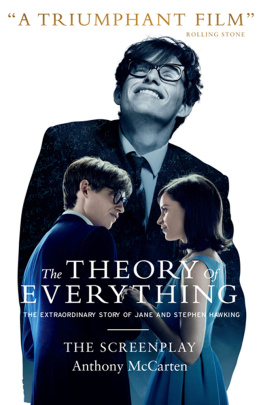

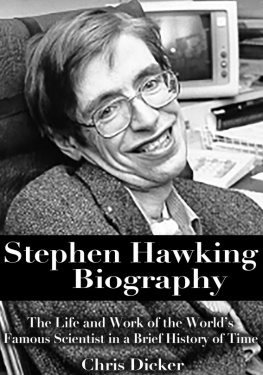
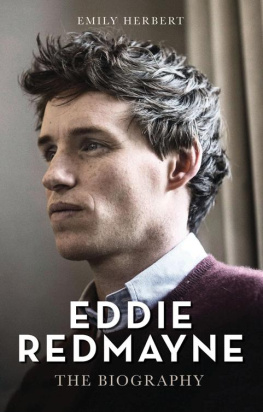
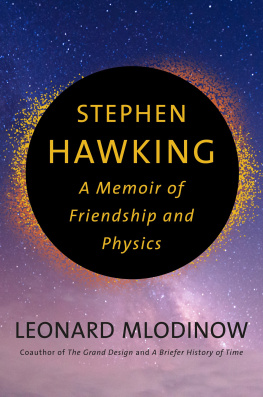
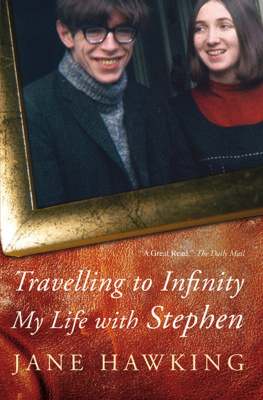
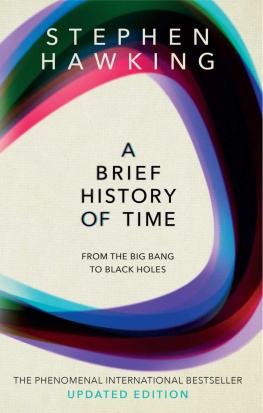
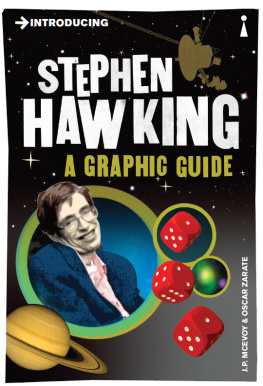
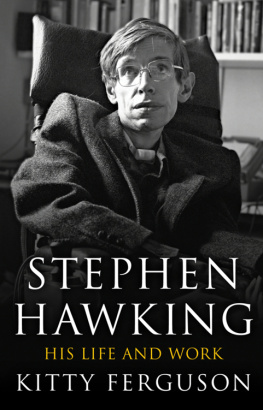
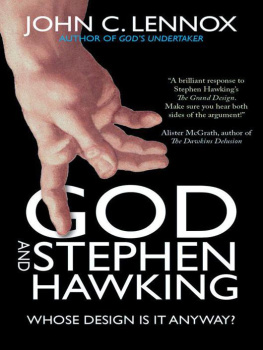
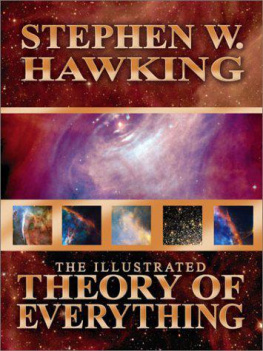
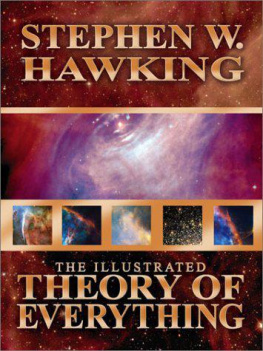

 ALMA BOOKS ALMA BOOKS LTD
ALMA BOOKS ALMA BOOKS LTD